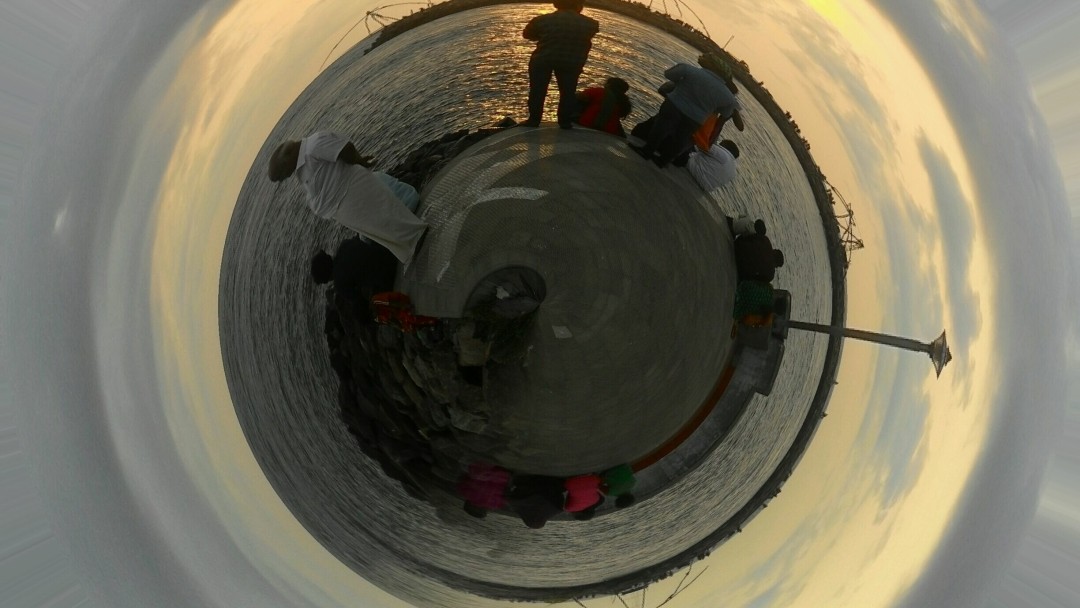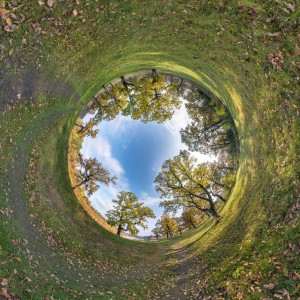
360° filming, also known as immersive or spherical video, has transformed the way we capture and experience visual content. By recording a view in every direction simultaneously, 360° filming allows viewers to explore scenes as if they were physically present. The journey of 360° filming from its inception to its current state is a fascinating tale of technological advancements, creative experimentation, and evolving viewer expectations.

The history of 360° filming is a testament to human ingenuity and the desire to create more immersive and engaging visual experiences. From early panoramic photography to the latest VR and AR applications, 360° filming has evolved dramatically, transforming how we capture and interact with the world around us. As technology continues to advance, the possibilities for 360° filming are boundless, promising even more exciting and immersive experiences in the years to come.
Early Concepts and Experiments
The concept of capturing a full 360° view dates back to the mid-19th century with panoramic photography. Photographers like Eadweard Muybridge experimented with multi-camera setups to capture wide angles, but the technology to create a seamless 360° image was not yet available. These early panoramas required viewers to physically move around large, curved prints to experience the full scene.The Birth of Cinematic 360°
The development of immersive video took a significant leap in the 1950s and 1960s. Morton Heilig, a pioneer in virtual reality, invented the Sensorama in 1962, a mechanical device that provided a multi-sensory experience, combining 3D video, audio, and even smells. Although not a true 360° video, Sensorama was a precursor to the immersive experiences we seek today. In the 1980s and 1990s, the idea of virtual reality (VR) began to take shape, with early VR systems like NASA’s Virtual Interface Environment Workstation (VIEW) incorporating head-mounted displays (HMDs). These systems laid the groundwork for 360° video by pushing the boundaries of immersive environments.The Digital Revolution
The advent of digital technology in the late 1990s and early 2000s marked a turning point for 360° filming. The development of digital cameras and advanced computer graphics made it possible to capture and stitch together images to create a seamless 360° view. Companies like Immersive Media started experimenting with multi-camera rigs mounted on vehicles, capturing panoramic footage for applications such as Google Street View.The Rise of Consumer VR and 360° Cameras
The 2010s saw a surge in the popularity of VR, driven by the release of consumer VR headsets like the Oculus Rift and HTC Vive. This renewed interest in VR spurred advancements in 360° filming technology. Affordable 360° cameras like the Ricoh Theta, Samsung Gear 360, and GoPro Fusion made it possible for enthusiasts and professionals alike to capture immersive video content. Platforms like YouTube and Facebook introduced support for 360° videos, allowing users to upload and interact with immersive content directly within their web browsers and mobile apps. These platforms democratized 360° filming, making it accessible to a broader audience and encouraging widespread experimentation and adoption.Applications and Innovations
The versatility of 360° filming has led to its adoption across various industries. In entertainment, 360° video is used to create immersive films, music videos, and live concert experiences. In journalism, media outlets like The New York Times and BBC have utilized 360° video to provide viewers with an on-the-ground perspective of events, enhancing storytelling and empathy. Educational institutions and museums employ 360° videos for virtual tours and interactive learning experiences, allowing users to explore historical sites and exhibits from anywhere in the world. In real estate, 360° virtual tours have become a valuable tool for showcasing properties to potential buyers.Challenges and Future Prospects
Despite its rapid growth, 360° filming faces several challenges. Capturing high-quality 360° video requires specialized equipment and expertise, and stitching together footage from multiple cameras can be complex and time-consuming. Additionally, delivering seamless and high-resolution 360° content demands significant bandwidth and processing power, which can be a barrier for widespread adoption. Looking ahead, the future of 360° filming is promising. Advances in camera technology, such as increased resolution and improved stabilization, are making it easier to capture high-quality immersive content. Innovations in VR and augmented reality (AR) are creating new opportunities for interactive and immersive storytelling. As 5G networks become more prevalent, the delivery of high-quality 360° video will become more efficient, enhancing the viewer experience.
The history of 360° filming is a testament to human ingenuity and the desire to create more immersive and engaging visual experiences. From early panoramic photography to the latest VR and AR applications, 360° filming has evolved dramatically, transforming how we capture and interact with the world around us. As technology continues to advance, the possibilities for 360° filming are boundless, promising even more exciting and immersive experiences in the years to come.

